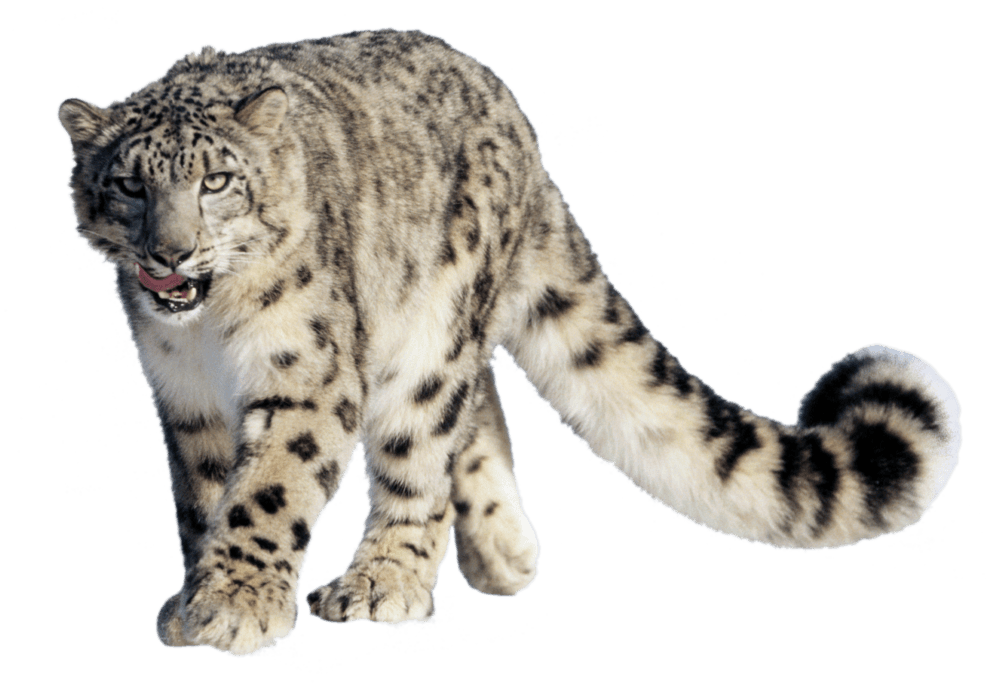The Gobi desert is a large desert spanning parts of southern Mongolia and northern China. The word “Gobi ” means “very large and dry” in the Mongolian language. Rocky outcrops and barren gravel plains form the landscape of the Gobi desert. Summer temperatures in the desert rise as high as 40 ° C and Winters may experience that the temperature drop is as low as -40 ° C (-40 °f). The Gobi Desert area was once at home for dinosaurs and is now hosting several fossil sites for dinosaurs of great value to palaeontologists.

But even though the Gobi desert is the largest desert in Asia, which possesses an area of 1.3 million square kilometres and has a harsh climate, it remains a significant diversity of species. The animals currently residing in the Gobi desert are well adapted to survive in the extreme desert climate. Some of the iconic species that live in the Gobi desert are snow leopard, black-tailed Gazellen, Gobi viper, Jerboa, Gobi Bear, Gobi ibex, wild Bactrian camel and more.
Here we list the animals that live in the Gobi desert
10. Jerboa
Jerboerna is jumping desert rodents that live in whole parts of northern Africa and Asia, and are also found in the Gobi desert. Jerboa prefers to preserve hot desert habitats. These animals are fast runners and can run when hunted up to 24 km per hour. Jerboas also have a strong sense of hearing. These animals eat plants, beetles, insects, etc.
9. Gobi Pit Viper
Gobi pit viper (G. I. stejnegeri) is a toxic subspecies of the Central Asian Gropenviper Gloydius intermedius. Gobi-Gropenvipern can be seen on the edges of the Gobi desert. The area of this snake extends from the southeastern parts of Inner Mongolia to China.
8. Wild Bactrian Camel
Another iconic animal of the Gobi desert is the wild Bactrian camel (Camelus ferus). These camels are large, even ungulates who live in the Central Asian steppes and are characterized by a double hump. These camels believed to have fallen from Huskammlarna who fled to establish wild populations. Recent scientific research, however, has suggested that wild Bactrian camels deviate as a separate species long before domestication. Today, these wild animals have a very limited range in the wild, distant parts of the Gobi and the Taklamakan deserts.
These camels wander long distances in groups of 2 to 15 members or even more. The wild Bactrian camels are today a critically endangered species, and only if 1.400 individuals are left in the wild today. Hunting, poaching and wolf attacks are the factors that catalyze the disappearance of the Bactrian camels.
7. Golden Eagles
The Golden Eagle (Aquila chrysaetos) is one of the most notable birds that can be seen as ascending in the sky above the Gobi desert. The bird of prey builds nests at high altitudes in the desert and feeds on rodents and other small mammals, reptiles, etc., who live in the desert.
6. Mongolian Wild Arse
The Mongolian Wild Rump (Equus hemionus hemionus) is found in northern China and Mongolia. The animals are a herbivore that can live on the sparse vegetation found in the arid habitat of the Gobi desert. The Mongolian wild arse was registered as a near threatened species of the IUCN in 2015, and if 23.000 mature individuals are estimated to live in nature. Poaching and competition for food offered by pastures are the two biggest threats to the Mongolian wild room population.
5. Gobi Ibex
Gobi ibex is a species of wild goat living in the mountains of the Gobi Desert in Mongolian South and South West region. Gobi Ibex is closely related to Altai ibex but is smaller in size due to the lack of vegetation in its arid habitat. Ibexes length varies between 4.3 feet and 5.5 feet, and the body colour is light brown. The Hornet on this ibex is shorter and slimmer than its counterpart, Altai ibex. Unfortunately, the animal is hunted for pleasure and organized hunts in Gobi ibex organized by Troféjaktindustrin which is active in the region.
4. Marble Polecat
The Marbled Polecat (Vormela Peregusna) is a small mammal found in the habitats of the arid, Halvtörda and lawns of western China and Southeast Europe, including the Gobi desert. The cats can easily adapt to a wide variety of habitats and can survive in open deserts as well. The animals feed on rodents, insects and birds in their habitat. The marbled polecat is classified as a vulnerable species due to a reduction of 30% in the population of this species due to declining bytes and destruction of habitats.
3. Black-tailed Gazelle
The black-tailed gazelle or the yawning gazelle (Gazella subgutturosa) is an animal that lives in the Gobi desert and is also found in parts of Azerbaijan, Georgia, Iraq, Iran, Pakistan, Afghanistan and Turkey. Within its range, the yawned Gazelle Kalkstenplattor and gravel plains and migrates seasonally in search of food.
2. Gobi Bear
The Gobi Bear (Ursusarctos gobiensis) is a species of brown bears in the Gobi Desert region of Mongolia. It is the rare subspecies of bears and is listed as critically endangered. Gobi bears are omnivorösa in nature and consume roots, berries, plants and sometimes large mammals. Adult Gobi bears weigh around 96.0 to 138.0 kg and women weigh around 51.0 to 78.0 kg.
1. Snow Leopard
Snow Leopard (Panthera uncia) is the main predator in the Gobi desert. The animals are distributed in many parts of Central and South Asia and are also present in Gobi-desert mountain areas such as the Tian Shan range. Gobi Ibex serves as the snow leopard’s primary prey. Male snow leopards can achieve a length of 1.3 meters and weigh about 57 kg.
However, female leopards are relatively smaller in size. The animals are very threatened and fewer than 500 remain in the Gobi desert. The hunting of people and conflict between humans and animals has triggered the population decline of these leopards.